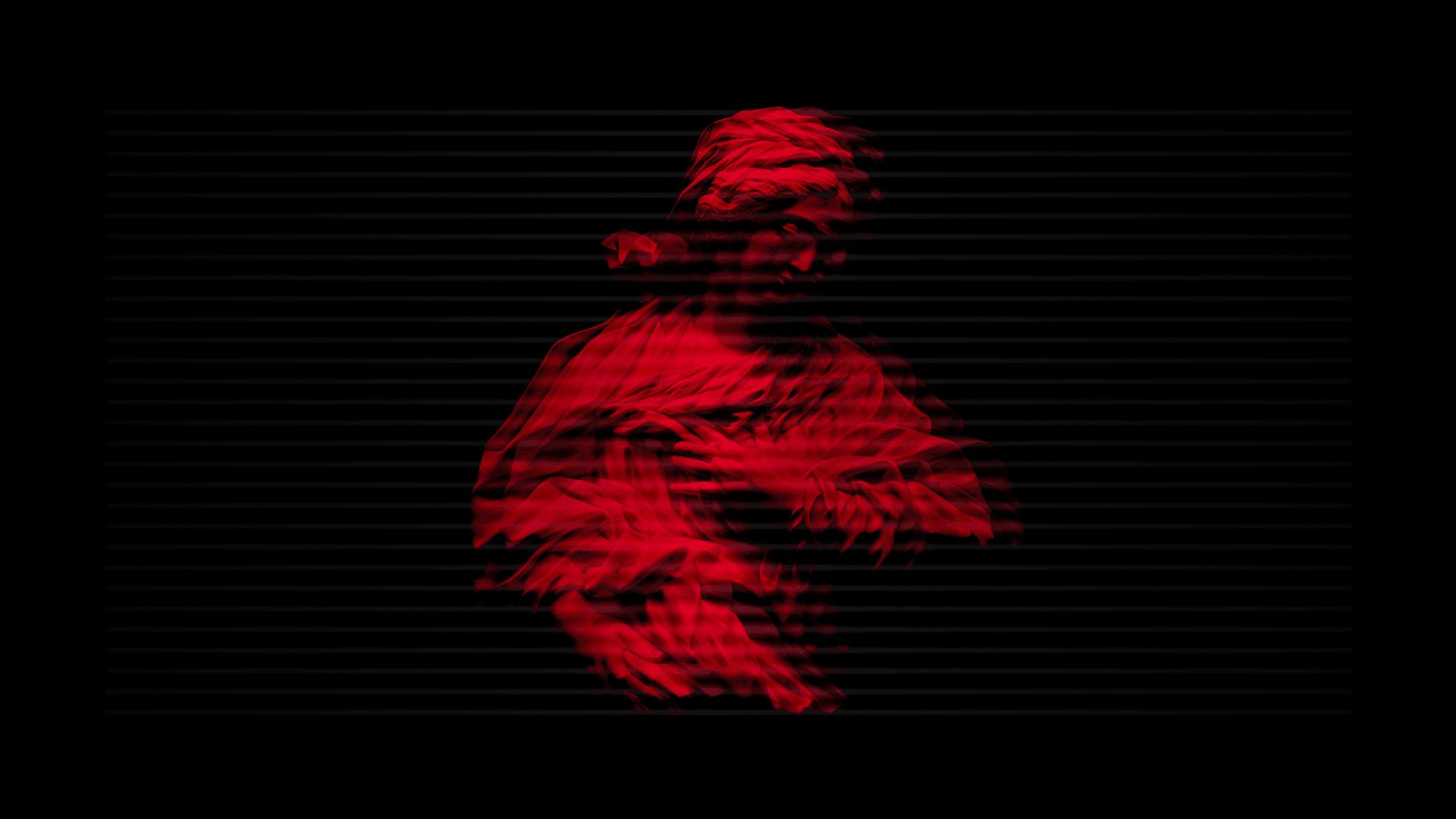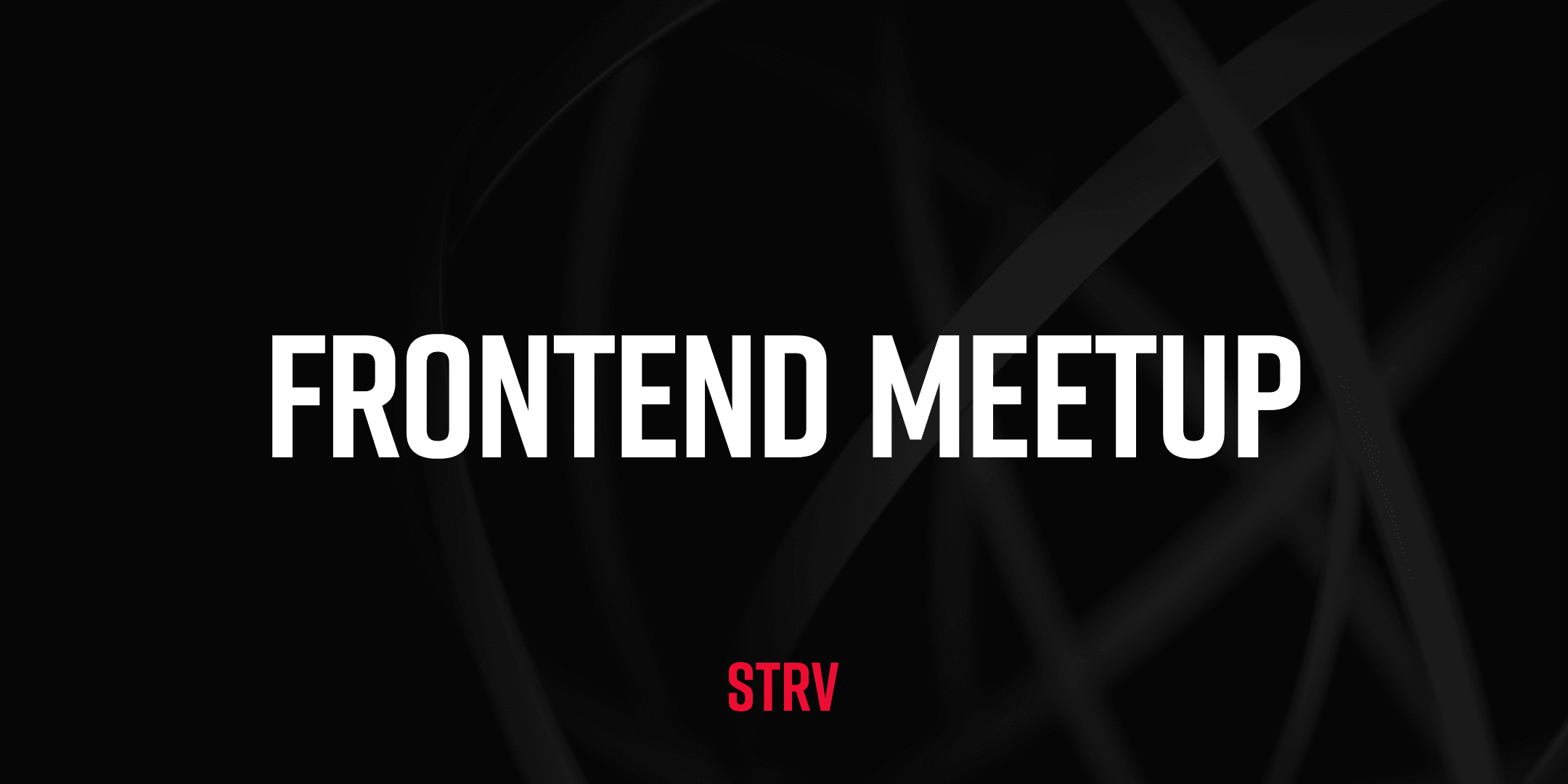PfPs
In 2017, CryptoPunks defined an entire category of a generative NFT collectible that people can use to represent their internet identity.
Recently, Twitter introduced verified hexagonal avatars as part of Twitter Blue — which shows that this trend is far from over.
IRL (In Real Life) Utility
NFTs can be a gateway into real-life experiences. Membership groups like Kevin Rose’s PROOF Collective or Gary Vaynerchuck’s Veefriends are examples of top-performing NFTs.
The Flyfish Club, also by Gary Vee, sets an example of how restaurants can leverage NFTs for memberships. We can easily imagine how this model translates to other IRL experiences, like wellness or sports clubs.
Adidas Originals’ Into The Metaverse NFT allows their holders to redeem physical merch in multiple stages and then keep the NFT as a gateway to Adidas’ future metaverse experiences.
3D Avatars & Interoperability
Larva Labs recently released an API that gives games and other projects access to the 3D models of Meebits.
Being able to take your avatar across multiple different experiences will be the defining feature of the Metaverse. Jadu Mirrorverse provides avatars with extra Jetpacks and Hoverboards and allows the owners to fly them in AR.
One of the most recent projects in this category is SnoopDog’s The Doggies — a collection of 3D avatars playable in The Sandbox metaverse.
And for very recent big news, Bored Apes NFT startup Yuga Labs just raised a $450 million round from Andreessen Horowitz at a $4 billion valuation.
NFT Games & Play-to-Earn
Many promising NFT/play-to-earn games emerged following the success of Axie Infinity.
We could divide them into two categories:
On-chain (fully smart contract-based) games, like the Wolf Game, Raid Party, Hunger Brainz and The Citadel.
Hybrid games combining on-chain tokenomics with conventional gameplay, like Axie Infinity, Thetan Arena or our own Scavenger Land.
The challenge here is to make sure that the tokenomics are sustainable long-term, and to make players stay around for the immersive gameplay rather than just for the opportunity to make a quick buck.
Fast, Cheap Transactions
More and more apps are launching on sidechains and L2 solutions (Polygon, Avalanche, Immutable-X and others) to save their users from paying high transaction fees.
Ethereum 2.0 is expected to increase scalability by transitioning to the Proof of Stake algorithm and implementing sharding — although the latter is more likely to happen in 2023.
Meanwhile, alternative L1 chains like Solana, BSC and Flow are launching with cheap transactions out of the box, hoping to steal users from Ethereum before the upgrade.
Cheap transactions have the potential to unlock new use cases and to increase the mainstream adoption of NFTs. It is not unrealistic to expect expensive transactions to be a thing of the past by the end of 2022.
Decentralized Media Platforms
NFTs can be more than JPEGs. Audius uses blockchain to provide a fully decentralized music streaming service.
The recent launch of the Rug Radio shows we can expect more projects coming into this category in 2022.





